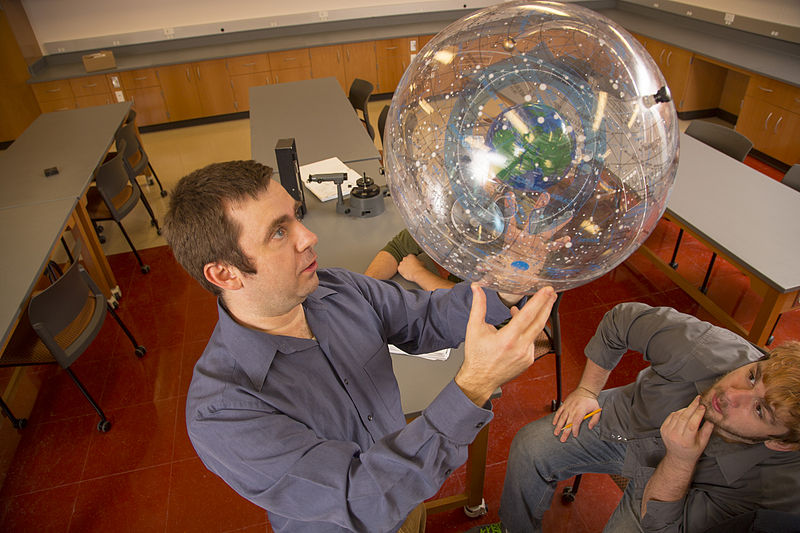As a SIF this year, I have felt like a fish out of water when engaging in social science and education research. I find that doing good, rigorous social science is more difficult than doing experimental physics in a lot of ways. When delivering social science surveys, you have to worry about whether or not the questions you are asking are actually measuring what you want to measure and you have to make sure that the questions are not ambiguous (see this Wikipedia article on survey validity). In the case of physics education, you also have to make sure that what you are trying to measure is useful for physics pedagogy. If you work with people or other animals, there are also additional, rigorous ethical concerns involved to make sure you avoid exploitation or harm. All of these things are a lot to learn for someone who is also doing experimental physics research, taking classes, and teaching.
As a component of our SIF active learning pedagogy team’s revamp of the TA training class for physics lab instructors, I am performing teaching observations and giving immediate feedback to undergraduate and graduate instructors. Essentially what I do is eavesdrop on the instructor’s conversations with groups of students and tell them what they can do to improve and what they did well. I am drawing inspiration from ethnography guides and methodology.
Classrooms are like mini-communities, with each functioning differently. Therefore, I am approaching this study of introductory physics labs as an ethnography, or the systematic recorded study of a culture or people. Classroom culture and dynamics make a huge difference in the learning environment of a class, including the tone set by the instructor(s), the identities of the students, and how everyone interacts with one another. Everything is important, from the structure of the class down to the verbal and body language students and instructors use when talking about the physical concepts. Students in active learning classes depend on each other more than in traditional classrooms so observing the interactions between students is crucial, as is observing how the instructor interacts with their students. Together with background information from surveys, ethnography field notes from the classroom can help to bring a complete picture to what is going on. We are using the field notes to inform our lessons on pedagogy and to give direct one-on-one feedback to the TA.
I can immediately see some ways to expand these ethnographic methods to investigate the inner workings of a particular type of learning environment. For example, you could use data mining of classroom video recordings or transcripts to analyze trends. Or perhaps, if a researcher were observing an active learning classroom utilizing social media in assignments, the data from the social media interactions combined with the data from in-person interactions would form a more complete picture of the classroom ecosystem. For the time being, I do not have permission to record video, audio, or photographic data, and the data mining methods would probably be resource prohibitive. Nevertheless, these techniques provide interesting prospects for the future of educational ethnography.

